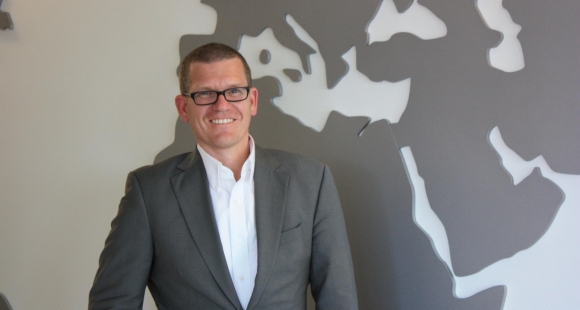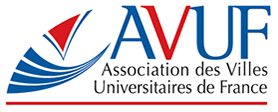
Harvard and MIT launched edX in 2012. Since then, the platform has been wildly successful with over four million students taking one or more of the 450 free MOOCs offered by the 68 partner organizations. 30% of the students are American and 66% hold an undergraduate or graduate degree. Most of the partner organizations are colleges and universities but some nonprofits and businesses have joined as well. According to Matthieu Cisel, a PhD student studying MOOCs at the Ecole normale supérieure de Cachan, "edX has been embraced worldwide because it's one of the few open-source MOOC platforms. It's also one of the best."
Despite its success, the platform's business model is currently under review. Harvard and MIT invested €60 million to launch edX, which currently has 140 employees. Various partner organizations provided another €30 million. Cisel explains, "MOOCs are free for students but for organizations, joining the consortium comes at a cost." The platform also earns revenue by selling licensed content to other organizations and by offering users paid services.
Corporate training
Corporate training is key to supporting edX's continued growth. Since October 2014, several partners, including the University of British Columbia, Rice University and Google, have offered paid corporate training MOOCs. Johannes Heinlein, edX Vice President of Strategic Partnerships, recalls, "Our first MOOC on big data cost $500 per participant and 3,000 people signed up. It's a very promising market for most of our partners."
Certificates are another large source of revenue. Students can now pay between $25 and $100 for certificates of verified attendance or completion, depending on the certifying organization. Arizona State University has gone one step further. Students who take the school's free MOOCs can now earn freshman course credit for a small fee. An affordable option for students, this is also a potentially big earner for universities. It won't be long before other schools follow suit!






